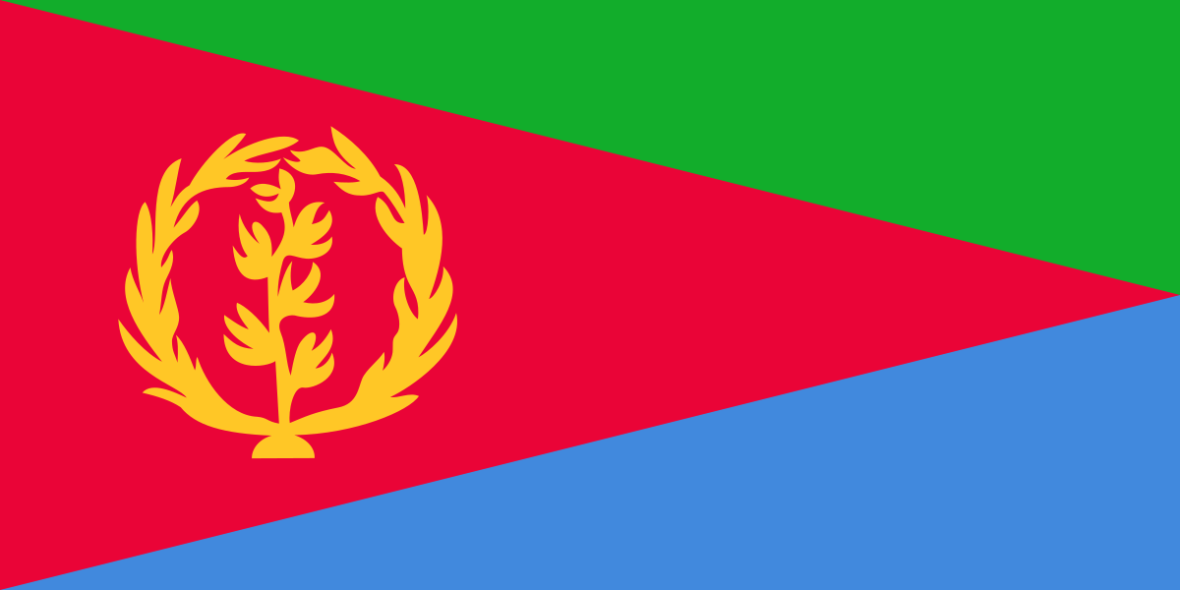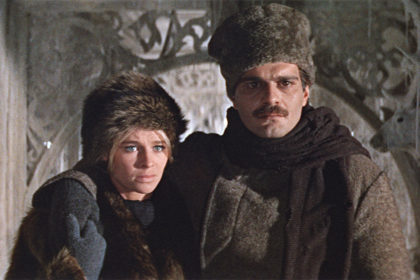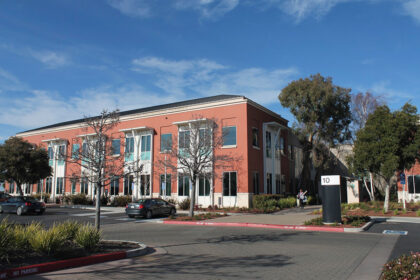Eritrea is a northeast African country on the Red Sea coast. It shares borders with Ethiopia, Sudan and Djibouti. The capital city is Asmara, which is known for its Italian colonial buildings, like the St. Joseph’s Cathedral, as well as art deco structures. Take a look below for 30 more interesting and fascinating facts about Eritrea.
1. Eritrea is a multilingual country with no official language. Their Constitution established the “equality of all Eritrea languages.” However, the main languages spoken in Eritrea are Tigirinya, Tigre and Standard Arabic.
2. Asmara is the capital city and the biggest settlement in Eritrea. The city is located at the tip of an escarpment that is both the northwestern edge of the Eritrean highlands and the Great Rift Valley in neighboring Ethiopia.
3. Eritrea’s terrain is dominated by extension of Ethiopian north-south trending highlands, descending on the east to a coastal desert plain, on the northwest to hilly terrain and on the southwest to flat-to-rolling plains.
4. Emba Soira at 3,018 meters, or 9,902 feet, above sea level is the highest mountain in Eritrea.
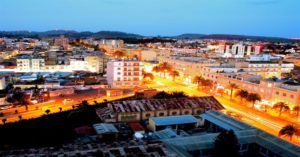
5. The Church of Our Lady of the Rosary, Asmara is a Roman Catholic church in the city of Asmara. It’s a big Lombard Romanesque style church in the center of the city. It was built in 1923 to serve as the principal church of the Apostolic Vicariate of Eritrea.
6. The Enda Mariam Orthodox Cathedral, Asmara, was built in 1938 and is a blend of Italian and Eritrean architecture.
7. The ancient monastery of Debre Bizen lies on top of Mount Bizen, near the village Nefasit. It’s the best known monastery of the Eritrean Orthodox Tewahdo Church. The monastery was founded in 1350 by Abba Filipos, who was a student of Abba Absadi.
8. The Fiat Tagliero Building in Asmara is a futuristic looking service station that was completed in 1938 and designed by the Italian engineer Giuseppe Pettazzi.
9. Eritrea was part of the first Ethiopian kingdom of Aksum, until its decline in the 8th century.
10. It came under the control of the Ottoman Empire in the 16th century, and later, under control of the Egyptians.
11. The Italians captured the coastal areas in 1885, and the Treaty of Uccialli gave Italy sovereignty over part of Eritrea. The Italians named their colony after the Roman name for the Red Sea, Mare Erythraeum and ruled there until World War II.
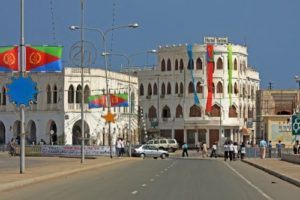
12. The British captured Eritrea in 1941 and later administered it as a U.N. Trust Territory until it became federated with Ethiopia in September 15, 1952.
13. Eritrea was made an Ethiopian province on November 14, 1962.
14. In 1993, after a war of independence that lasted nearly 30 years, Eritrea became a sovereign nation.
15. Eritrea is an ancient name and is often associated in the past with its Greek for “Erythraia,” and its derived Latin form Erythaea. The name relates to the Red Sea, which was then called the Erythaean Sea.
16. At Buya, Eritrea, one of the oldest hominids representing a possible link between Homo erectus and an archaic Homo sapien was found by Italian scientists. It’s dated to over 1 million years old and is the oldest skeletal find of its kind.
17. Tigrinya is a member of the Ethiopic branch of Semitic languages with about 6 million speakers and is the most spoken language in the Tigre region of Ethiopia and Central Eritrea.
18. The Denakil Depression is the lowest point in the country and is considered to be one of the world’s hottest places.
19. The Tekeze River is the longest river in Eritrea. For part of its course, it forms a section at the westernmost border of Ethiopia and Eritrea.

20. Asmara is called “Italy’s African City” or “New Rome.” The names come from its distinctive Italian design.
21. According to Tigriyan, the meaning of the capital of Eritrea, Asmara, means “Made the United.”
22. Eritrea’s language is called “Nara Bara,” meaning “Nara talk” which derived from the word “Nara”, meaning “sky” or “heaven.”
23. Eritrea, after Egypt, has the second highest archaeological historical discoveries in Africa. The number of archaeological sites in the country, which was 45,000 previously, has now increased to 80,000.
24. By 1990, 40% of Eritrean freedom fighters were made up of women. the EPLF had a higher percentage of women than any other liberation army in the world.
25. Over the years, this is one country in the world where elections have been regularly scheduled and cancelled but none have actually ever been held.
26. Due to the forbidding climate of the Dahlak Islands, it’s believed that the name derived from an Arabic word, “Dah’ala,” who translation is the “Gates of Hell”.
27. There are two universities in Eritrea, the University of Asmara and the Institute of Science and Technology.
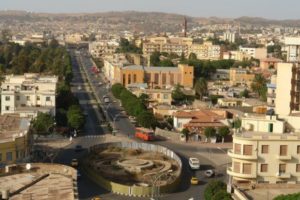
28. During Eritrea’s independence war, at least 3,500 well trained Cuban troops fought alongside the Ethiopians.
29. The Red Sea is widening at the rate of about one half inch per year and will one day become an ocean. About 34 million years ago, the Red Sea began to open up and the rift is one of the youngest regions of continental breakup on Earth.
30. Eritrean women fight alongside their men and have done so as far back as 1810 A.D. The British explorer Nathaniel Pearce traveled to various area of the Horn of Africa region and found accounts of women going to battle alongside their men.

